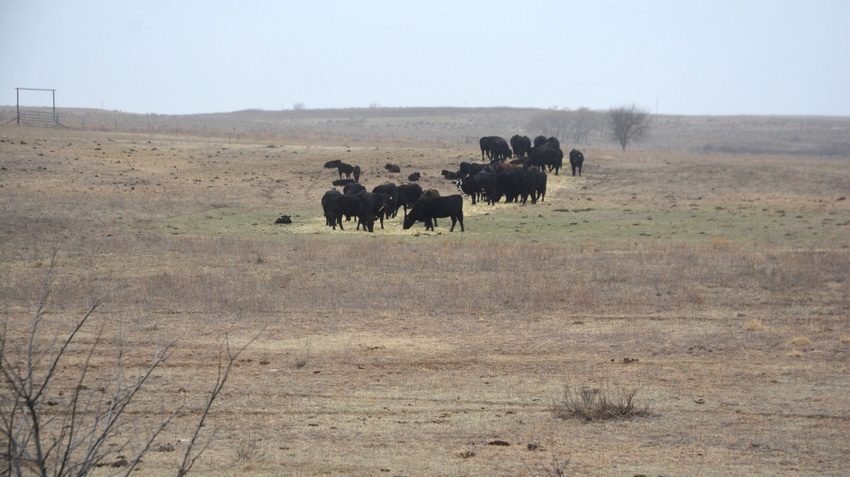The wildfires are out. Now it’s time to rebuild and recover
It will take time and work and prayer, but burned-out ranchers will rise from the ashes.

The fires are out. Already, green grass is poking through the ashes in places, testament to the resilience and renewal of nature. After all, wildfire is as much a part of the prairie ecosystem as are hot summers and drought, blizzards, hail and violent thunderstorms and all the other natural forces that shape not only the land, but the people who live there.
The fires of 2017 will go down in history as one of the most devastating natural disasters to hit the Plains in modern times, I suspect. What I hope is also recorded in the annals of history are the stories of the brave and caring people from all over the country who were in the fires’ path, whose lives were turned upside down and who now are left to sift through what’s left and start to rebuild. Their stories need to be told.
Then there are those who pitched in with money and supplies, a helping hand and a hug, and most importantly, their prayers. They are heroes, too.
And history especially needs to record the stories of those brave and caring people who gave their lives to save their animals. As Ron Smith, editor of the Southwest Farm Press, so aptly said it, we didn’t know you, but we know you. We know the kind of people you were—and that makes our heartbreak all the more profound. Please especially keep the family and friends of these brave souls in your prayers. They need us now.
Heartbreak and despair are natural outpourings in times like these. But so also is that wonderful human characteristic to reach out to others in times like these. Money and supplies continue to pour in—far too much to tally here. That alone is testament to the kind of people who make agriculture the backbone of America.
We are family—and when family hurts we hurt. When family needs prayer, we pray. And when family needs help, we step up big time.
The fires of 2017 aren’t the first, nor shall they be the last. Kansas and Oklahoma ranchers suffered major fires last year, and the ag family stepped up then.
The Texas Panhandle saw the devastating effects of massive wildfires in 2006. I was the communications director for the Texas Cattle Feeders Association at the time and helped coordinate the relief efforts. People lost their lives then, too—brave firefighters, several of whom were volunteer firefighters.
The fires last year and the fires this year gave me pause to relive not just those few horrible days when fires consumed the Texas prairie with savagery I had never seen before, but the days after, as we worked dark to dark to get hay and supplies to the ranchers who needed it. Some of those ranchers were friends of mine, and hearing their stories after the fires were out, driving through the burned area and seeing the moonscape left behind, made an impact on me that will last forever.
Some of those Texas ranchers who burned out in 2006 burned out again in 2017. Clint Rollins, NRCS range management specialist in Amarillo, overlaid a map of the 2017 Texas fires and the 2006 fires. Rollins told me that he has worked with many of the ranchers burned out in the 2006 fires to recover. Now they get to do it again.
But then as now, the resiliency of the human spirit shines brightly. There is no doubt that those ranchers who burned out this year will face tough times. I’ll avoid the clichés here. I’ll simply say I know you, even though we’ve not met. I know the kind of people you are and I know you will rise from the ashes.
I felt this in 2006 and feel it even more now—never have I been more proud to be a part of the ag family.
About the Author(s)
You May Also Like


.png?width=300&auto=webp&quality=80&disable=upscale)
